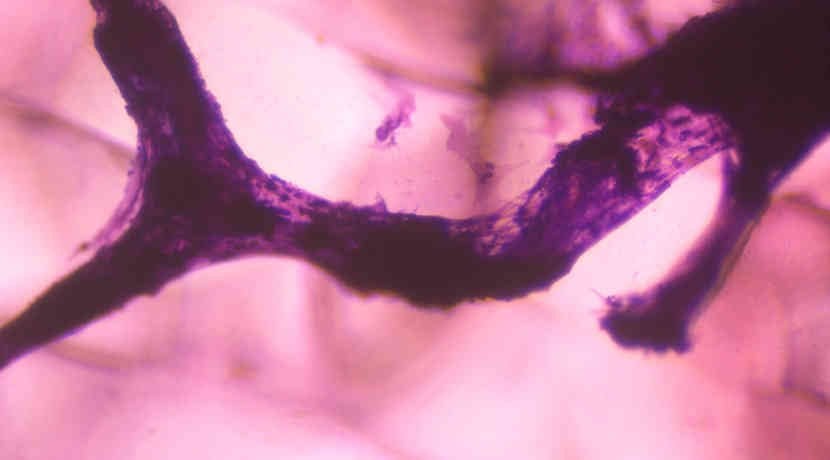
Just a few days ago, another scandal involving cruelty to animals in a Hamburg test laboratory hit the headlines. Not just animal welfare activists and animal lovers were shocked by images of dogs bleeding in cages and monkeys mounted on metal frames. Unfortunately the laboratory in Hamburg is by no means an isolated case. Tortuous animal experiments are still the order of the day in the cosmetics industry and in medicine in particular.
In order to gain approval, medicines and other active compounds are often first tested on animals. This is to check for any potential side effects and tolerance levels. In the past, these animal experiments have sometimes been replaced with synthesized cell cultures. These are only two-dimensional and differ considerably from human cell clusters and organs. Scientists led by Dr. Peggy Stock at the University of Leipzig have developed a system for 3D cell cultures which could replace a large amount of animal experiments. This research is being carried out in cooperation with industry partner KET Kunststoff-und Elasttechnik GmbH.
You can find more of our articles on the subject of animal testing here.
Silicone strands from a 3D printer
In 3D silicone plotting, silicone strands produced by a 3D printer form a grid with an organ-like structure. According to Stock, this has demonstrated that “the properties of 3D cell culture system are much easier to transfer to a human organism.” In the project ‘Conception of a 3D silicone structure for the culture of mammalian cells,’ the scientists are working with a type of silicone that is “very elastic and roughly corresponds to what is found in organs in the human body.”

After Stock and her colleagues had discovered a silicone that is well-suited to the replication of cell structures and 3D printing. They transplanted human stem cells from fat tissue into the silicone grid. These cells were then cultivated in an incubator. This was to find out whether the 3D cell cultures offered advantages over 2D cell cultures that were previously used. By arranging stem cells on the 3D grid, they could make these cells behave like cells in the human body.
Clear advantages over 2D cultures
Stock asserts that the cells ability to colonize a 3D grid and form three-dimensional cell structures has been proven. The cells’ innate properties, such as the ability to communicate with each other, are thereby effectively maintained. In addition, liver cells produced from stem cells in the 3D grid function significantly better than cells in the 2D culture.
The scientists state that the new silicone grid has provided the means for “accurately assessing the potential for new developments in medicine and pharmaceuticals.” In spite of this, animal experiments will still be necessary in the future. Albeit not to the same extent as they have been in the past. According to the project’s funding guidelines, plans are that the 3D grid will be used regularly within research by 2025.

